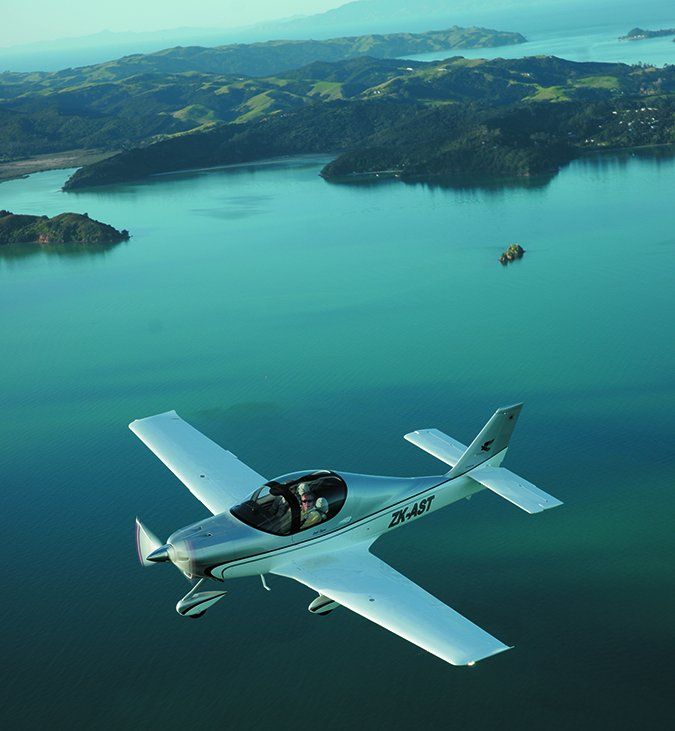Let’s drive the final stake through the heart of this idea: Light sport airplanes would sell better if they were cheaper. And to pound the stake firmly home, we’ll use the airplane we’re reviewing in this report, the Tecnam Astore, as the hammer.
When the Astore was rolled out at the European Aero show in 2013, we didn’t pay much attention to either the price or the market intent. It looked like just another LSA in a swarm of LSAs. But while we weren’t looking, the Astore has become a best seller, at least for Tecnam, if not in the larger universe of light sport airplanes. Right out of the gate, the Astore—which means Goshawk in Italian—was to be pitched to the upper tier of the light sport spectrum and it sure enough is, with upscale avionics and an interior as luxe as buyers might wish.
If there’s any surprise to this, it’s that many Astore buyers are step-down owners, ditching their Cirri, Barons and Mooneys for something that’s sporty, with respectable speed, but a heck of a lot cheaper to own.
Certified Airplanes
Tecnam is somewhat unique in the world of light sport aircraft, in that it’s a company that produces a line of certified, standard-category aircraft, but that also has a light sport line. It’s been in business since 1948. The company’s Capua, Italy, factory built 191 airplanes in 2015, nearly half of which were certified aircraft. It will soon certify a new Lycoming-powered twin for the air taxi market, the 2012 Traveller.
The Astore fits into this mix as part of a remodeled line of light sport aircraft. Because Tecnam markets in a world with a patchwork of light aircraft approval rules, its product line is complex. But the company has in mind two offerings in both the high- and low-wing categories and at two price points.
In the low-wing category, the P2002 Sierra is the entry-level offering while the Astore represents the upper tier. For the high wings, the P92 Eaglet occupies the low-price point, while the P2008 is the luxury model. Tecnam builds other variants for countries with different weight and approval rules.
Indeed, even the Astore isn’t sold everywhere. While it meets U.S. light sport standards, it’s not available in Canada because it’s too heavy for the Canadian Advanced Ultralight rules, which have a 1232-pound weight limit, compared to the U.S. 600 kg or 1320-pound limit.
While we’re discussing weight, the Astore has a lot of it. Under U.S. rules, the minimum payload for a two-place light sport aircraft is determined by a formula that includes horsepower. For a 100-HP airplane, the minimum is 430 pounds, meaning the maximum empty weight is 890 pounds. The Astore we flew was at least one pound over this, but it gains a 7.5-pound credit for having the 115-HP Rotax 914.
Still, with two 200-pounders aboard, the Astore has a bare 30 pounds remaining for fuel or about five gallons. Weight can be shaved by eliminating equipment, but buyers simply don’t do that. We suspect they ignore the 1320-pound limit.
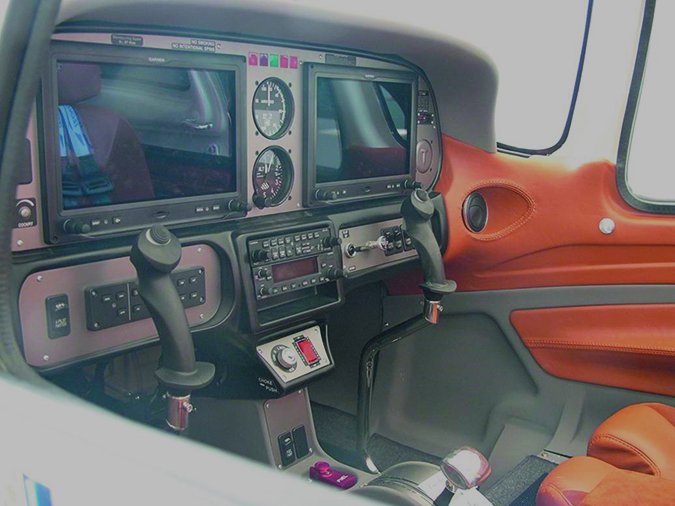
“We make no apologies for the higher weight,” Tecnam’s director of sales, Shannon Yeager, told us. “This airplane is just built to a higher standard,” he adds. That means it has more structure than the typical LSA clipped to a minimum and uses much of the same hardware and fixtures used in the company’s certified aircraft.
Options, Options
Given the options list, Tecnam doesn’t even pretend that the Astore is a minimalist airplane intended to compete on price. It presents more as a luxury sport sedan that a would-be buyer can customize with a dizzying range of choices. For engines, there are three options: the Rotax 912ULS and 912 iS, both at 100 HP and the 115-HP turbocharged 914. Since the 914 became available about a year after the airplane appeared, it’s the overwhelming choice of buyers, Yeager says.
There are custom paint jobs and three levels of interior trim, including seats that slide fore and aft—a relative rarity in LSAs—and headrests that pivot to allow access to the baggage compartment. Another nice big-airplane touch is an LED courtesy lamp in the baggage compartment, which has an exterior door and a capacity of 77 pounds.
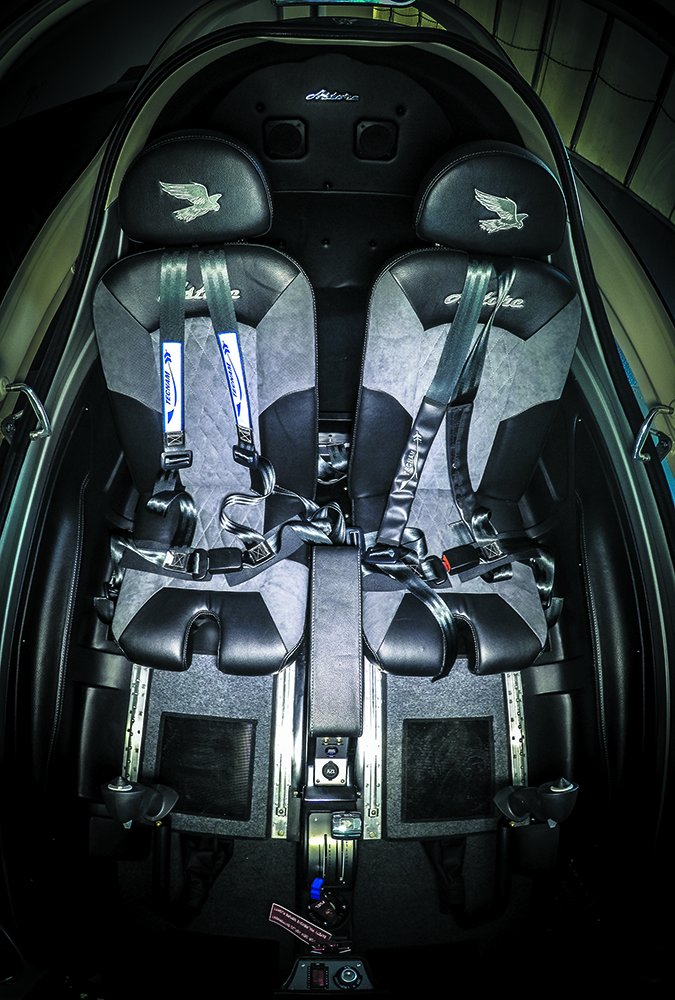
Avionics options are generous and rival anything being offered in certified aircraft, but at a fraction of the cost. The base offering is a European VFR option that includes just basic gauges, but Yeager says he doesn’t allow these into the U.S. to protect the secondary market. The minimal option for U.S. buyers is a six-pack with a Garmin 796, a GTR 200 comm, a GTX 327 transponder and an audio panel. With the 100-HP 912ULS option, that package retails for $173,420. A Dynon Skyview SV1000 retails for $180,320 and a Garmin G3X suite sells for $181,470.
The 912 iS engine adds another $9,142 and the 914 adds $23,690. Since buyers tilt toward premium packages, including the engine, the typical invoice on an Astore is just north of $200,000. Also, don’t let it escape notice that the price Delta between the lowest- and highest-priced avionics packages is only $8000. No surprise most buyers pick the premium package. Yeager says this gives the airplanes more appeal on resale, which he stresses is a concern for Tecnam.
Ergos, Cabin
One thing we found appealing about the Astore is its flat cabin floor. Ingress is from the front of the wing and once aboard, you can easily walk across to the other side inside the cabin. The canopy, when fully open, doesn’t obstruct this and there’s no forward pedestal to intervene. The sliding seats are readily adjustable and will accommodate pilots taller than six feet plus. The step over the cabin sidewalls isn’t too daunting, but you’ll need to grip the forward cockpit rail to ease the butt drop into the seat. The Astore could do with a dedicated handle for this, in our view.
The sliding canopy works we’ll and has three locks, one in the center and two on each side. It can be opened for taxi, but not in flight and hasn’t been tested for inadvertent opening while airborne. Whether it would depart the aircraft is an unknown, so securing it before takeoff is a must. The Astore can be equipped with toe or hand brakes, but for U.S. models, toe brakes are the only option. These make for precise ground handling, albeit we found them a little grabby.
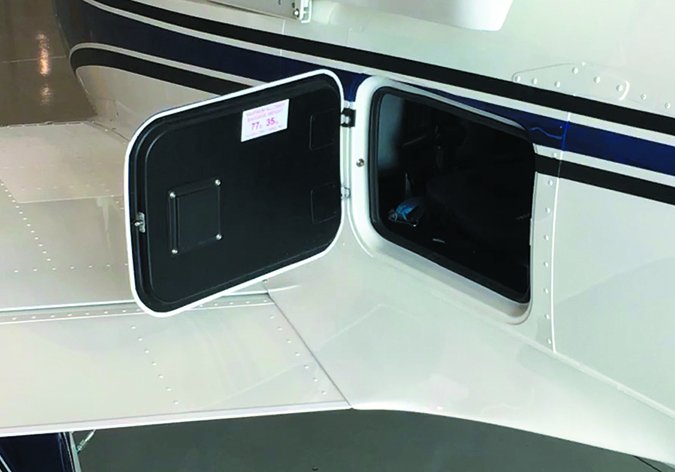
There’s no nosewheel steering, just a castering wheel. Tecnam is clearly aware that LSAs have developed a reputation for having tender feet and they’ve addressed this in two ways. First, the nosegear has a beefy oleo-pneumatic strut to protect the firewall against damage from a hard landing and the mains are spring aluminum hinged and mounted in rawhide liners to absorb hard bumps.
The Astore has a big-airplane look and feel inside, with a robust, curved stick to clear the feet and high-quality switchgear and controls throughout. The throttle is mounted on a shallow pedestal on the floor, which also houses an accessory power socket and the fuel switch valve. It has two positions to two 14.5 gallon tanks; no both. Rotax engines have return fuel lines and switching the tank also switches the return to the same tank, eliminating the overflow risk of pumping the return into a full tank.
Despite the large canopy, visibility from inside the cockpit is so-so; it’s good out the sides but is partially blocked forward by the canopy rail. With a little contortion, reaching stuff in the baggage compartment is possible, if it’s not positioned too far back. Tecnam tended to ventilation with large eyeball vents in the panel that spew gales of air without howling, which was a problem in the P2008.
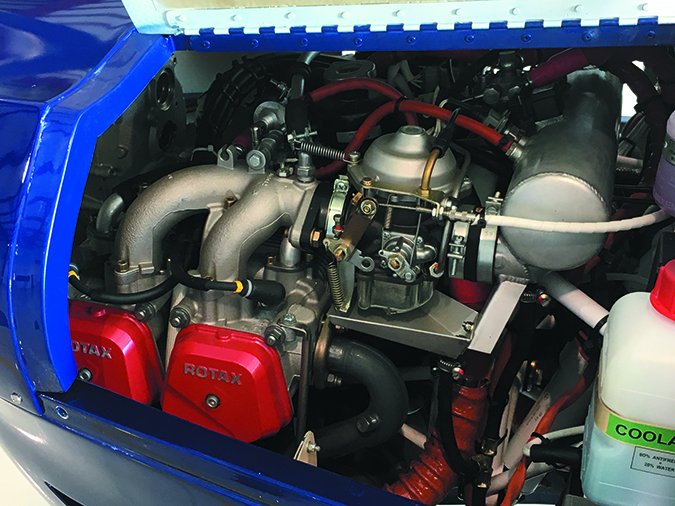
The Astore we flew was equipped with the Garmin G3X package and two backup steam gauges—an altimeter and ASI—between the two screens. Yeager said the newest Astores eliminate this in favor of dual ADAHRS for the G3X, a level of redundancy heretofore found in expensive certified aircraft. That the G3X has a full-featured autopilot with envelope protection adds to the sense that it’s a sophisticated, high-performance cruiser in the guise of an LSA.
Performance
And what kind of performance? With the 914, the Astore is a 120-knot airplane on 4.5 to 5 GPH. If U.S. rules allowed the constant speed prop that European rules do, it would cruise at 130 knots on the same fuel. The model we flew had a ground-adjustable Sensenich prop set for climb, which it did at a brisk 1200 FPM initially. It gives up 200 feet of that if the prop is set for cruise, but it gains a few knots in level flight. We saw about 118 knots TAS at 3000 feet.
Because Tecnam’s heritage is certified aircraft, the company’s LSAs can be relied upon to fly like certified airplanes and the Astore does. Its control forces are pleasant without the hair-trigger lightness we find in so many LSAs. Trim is all electric and there’s a bendable rudder tab for yaw trim. In slow flight, the Astore has a predictable phugoid recovery when displaced from a trimmed airspeed, but we found this less so at higher speeds, where it was sluggish to recover from a hands-off pitch-down displacement.
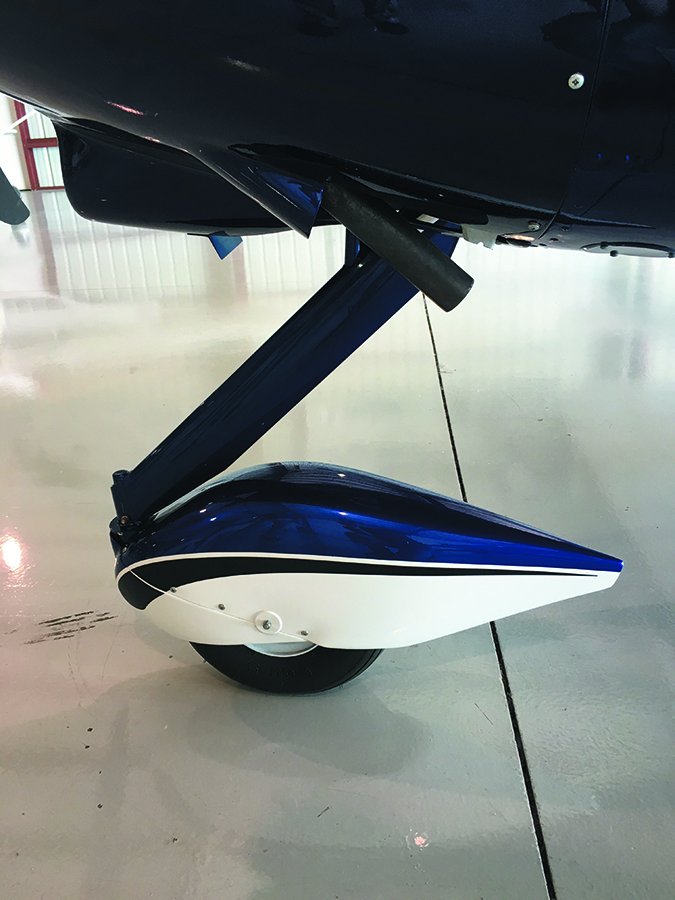
When flaps are deployed—electric, continuously positionable Fowler types—only minor trim adjustment (or none) is necessary. The published full-flap stall speed is 38 knots and the stall announces itself with an unmistakable burble before evolving into a mild parachute mode. For landings, we used approach speeds in the mid-50-knot range, but we suspect more familiarly with the airplane would make 49 knots practical. That’s 1.3 Vso.
Conclusion
We like the Astore not so much for what it is, but what it represents: an LSA taken to the edge of what’s possible in performance and capability. Might as we’ll say it: Given the avionics, autopilot and performance, the Astore is a mini Cirrus at less than a third the price and the fuel flow. Yes, it is weight limited. And yes, we’re tired of giving hollow lip service to observing the arbitrary 1320-pound LSA limit, which is long overdue to be eliminated or raised.
Tecnam points out that the Astore, in its present form, could be a certified airplane and would have a gross weight considerably above 1320 pounds, as it would if placed into the experimental category. It would require no additional structure or modifications. We think owners probably realize this and not to encourage ignoring regulations, but we can’t get too exercised about flying at the higher weights.
The fact that Tecnam finds many buyers of the Astore are stepping down from capable, expensive airplanes for reasons other than medical loss tells us that buyers see value in a $200,000-plus LSA. We can’t recall anyone ever suggesting the market would go this way, but it clearly has.

